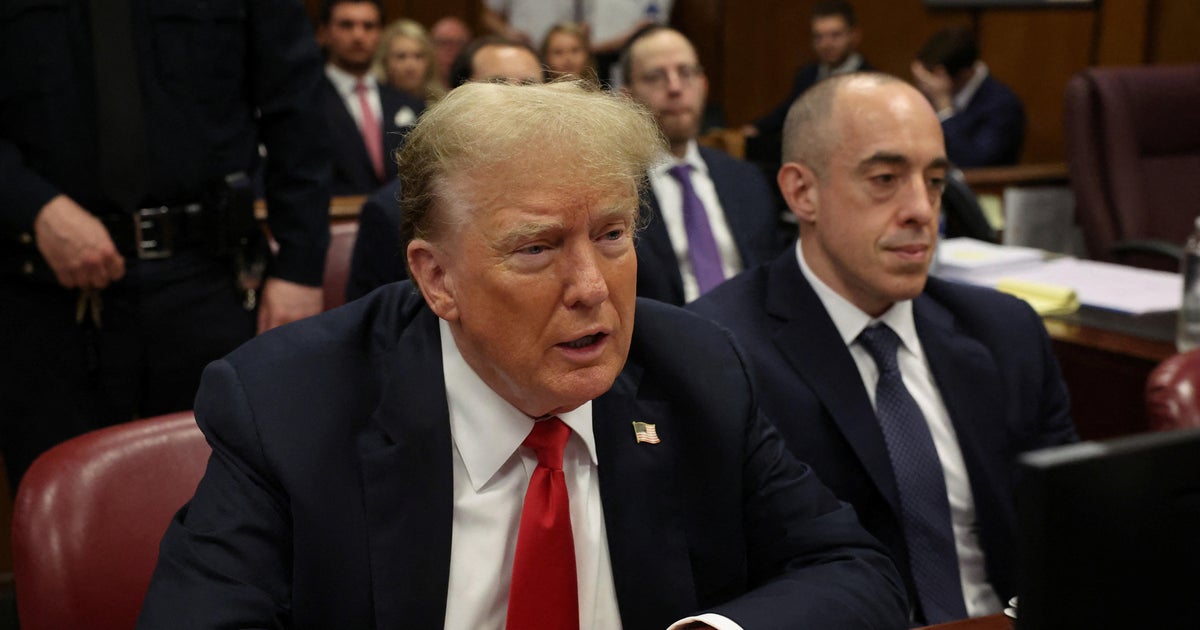Bussiness
Trump trial hears closing arguments ahead of jury deliberations in

Steinglass, his voice hoarse as he reached the conclusion of what he called the “summation that never ends,” pulled up a slide entitled, “Mr. Trump involved every step of the way.”
It led to a timeline showing many of the instances when testimony or exhibits showed Trump knew of the “catch and kill” and reimbursement schemes.
The timeline stretched back to the August 2015 Trump Tower meeting between Pecker, Cohen and Trump and purported to show Trump’s “direct involvement” in at least 20 key moments.
“It’s just inconceivable that he would be so involved in buying these women’s silence and then suddenly stick his head in the sand when it comes to Cohen’s reimbursement,” Steinglass said.
Steinglass focused on a series of calls between various key players on Oct. 8, 2016, discussing the Daniels allegations, leading to a call between Cohen and Trump.
“There is just no way — no way — that Cohen wouldn’t have told Trump about that during that call,” Steinglass said, his voice rising.
He pointed to a Oct. 26, 2016, phone call between Cohen and Trump, just before Cohen began the process of facilitating the wire transfer, saying that Trump again signed off on moving forward.
“Everything required Mr. Trump’s sign-off. On top of that, I wanted my money back,” Cohen testified.
Steinglass noted that Pecker testified that Trump personally thanked him for his help with the campaign after the election. Later, Steinglass noted, Trump expressed anger at Pecker for letting Karen McDougal out of her non-disclosure agreement.
He then highlighted the “smoking gun” notes tied to Trump’s then right-hand man, Allen Weisselberg, and said Trump personally signed many of the checks to Cohen.
“Busy or not, Mr. Trump was not paying these prices for basically no work,” Steinglass said, referring to Cohen’s testimony that he did very little legal work for Trump in 2017.
“The false business records benefited one person, and one person only, and that’s the defendant,” Steinglass said.










